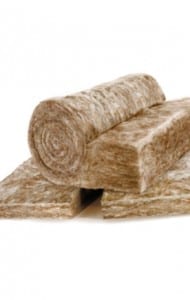 It seems that energy costs never stop rising, with more increases on the skyline. Shopping around may save you a little, but broadly speaking the large energy firms all charge roughly the same.
It seems that energy costs never stop rising, with more increases on the skyline. Shopping around may save you a little, but broadly speaking the large energy firms all charge roughly the same.
Cutting consumption can reduce your bill, but that’s unwise during a cold spell like the recent “Beast from the East”. So what’s the answer?
Energy prices
The prices that energy companies charge their customers depends on the wholesale prices. 2017 saw sharp increases, and more of the same seems likely for 2018, with 9% being predicted.
It’s not all bad news. The government is planning a cap on domestic energy prices, but this won’t cover all customers. It’s likely that the energy providers will seek to recover their lost profits by raising the tariffs that don’t come under the cap.
Reducing energy bills with loft insulation
An uninsulated building leaks heat at an alarming rate. There are many places where the heat can escape, such as walls, windows and doors. Insulating these will reduce the amount of heat you need to generate, but the roof is the biggest culprit.
This isn’t surprising – it’s simply the result of one of the most basic laws of physics, that hot air rises. The air you’ve so expensively heated in your ground floor and you bedrooms will rise and try to escape through the roof space.
If there’s nothing to stop it, you can lose up to a quarter of the heat generated in your home through the loft and the roof. Most of this loss will be prevented by effective loft insulation, forcing the air to circulate back down again and spreading the heat through the rooms you actually want warm.
Effective loft insulation
So what is effective loft insulation? Well, government guidelines specify 270mm, and though this isn’t legally enforceable for all homes, it makes sense to use it as a yardstick.
The most basic insulation is installed in sheets of various types of fibre between the joists, and can then be boarded over. However, if you want to control the temperature in your loft, you can also install board insulation on the underside of your roof.
This typically costs a few hundred pounds, and for that, you can save up to £250 a year on your energy bills.
It’s important, though, that the insulation is properly installed, and that means getting professionals in. Feel free to get in touch with us if you need to know more about how loft insulation can save you money.
Was this post useful? Here are some other’s you might like...




